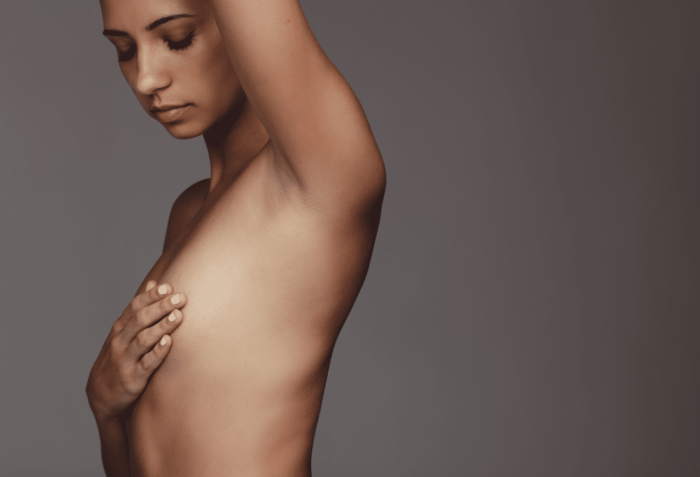Nipples can become inverted for various reasons, including genetics, pregnancy, and aging. Because of this, many individuals seek surgery for inverted nipples to improve their appearance.
Nipple inversion has three classifications (grades), each determined by the extent of inversion and the nipple’s mobility. Identifying the grade of inversion you fall under can help you understand the most likely surgical solution.
Grading System for Inverted Nipples: Levels of Severity
Grade I
Grade I inverted nipples are generally flat or mildly inverted and become stimulated in response to external factors like touch or temperature changes. The nipples usually stay everted for a while before resuming their original position. This inversion is the least severe and does not significantly disrupt breastfeeding.
Solution: This grade may be corrected surgically with a hidden suture at the nipple base that helps the nipple maintain its position.
Grade II
The severity of a grade II inversion is greater than that of a grade I. Manually stimulating grade II inverted nipples is possible but requires much more effort. Unlike grade I, they cannot stay everted for very long. Grade II inverted nipples don’t prevent breastfeeding but may make it more challenging.
Solution: Surgery may treat grade II inverted nipples by splitting up the deep fibrous tissue that causes them to point inward. A hidden suture then helps keep the nipples projected.
Grade III
Finally, permanent or persistent inversion characterizes grade III, the most severe kind of nipple inversion. Grade III inverted nipples will remain hidden even when stimulated. Likewise, when the nipple is pressed outward, it rapidly folds back in. The nipple remains inverted due to a high amount of fibrous tissue and very short milk ducts. In this case, breastfeeding may be severely difficult, if not impossible without the use of an external appliance like the Niplette.
Treatment at this level of inversion is the most challenging for most surgeons. However, Dr. Ronald Schuster uses a very precise technique.
Solution for Grade III Inverted Nipples
To address grade III inverted nipples, Dr. Schuster inserts a small joint arthroscope with magnification technology through a tiny incision at the base of the nipple.
Using maginification to see the small structures better, the fibrous tissue within the treatment region is disrupted while leaving ducts, nerves, and veins unharmed. Then, a piece of tissue from a well-concealed area in the groin is carefully placed into the nipple to add volume. Finally, the procedure is completed with a buried suture. A protective bandage is worn for a week.
While this procedure is more complex and takes longer than other inverted nipple repair techniques, Dr. Schuster feels it offers the most remarkable results and the best likelihood of preserving sensation and breastfeeding capabilities.
Effective Solutions for Inverted Nipples in Baltimore, MD
Dr. Ronald Schuster is a highly skilled and board-certified plastic surgeon who has dedicated over 25 years to delivering exceptional, long-lasting solutions that enhance both the appearance and well-being of his patients. He currently devotes his time to serving the vibrant communities of Baltimore, Lutherville-Timonium, and the surrounding areas of Maryland.
To explore solutions for inverted nipples in Baltimore, MD, schedule an appointment today by calling (410) 902-9800.


